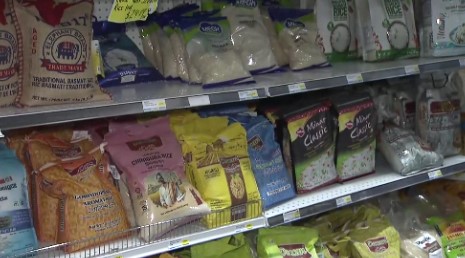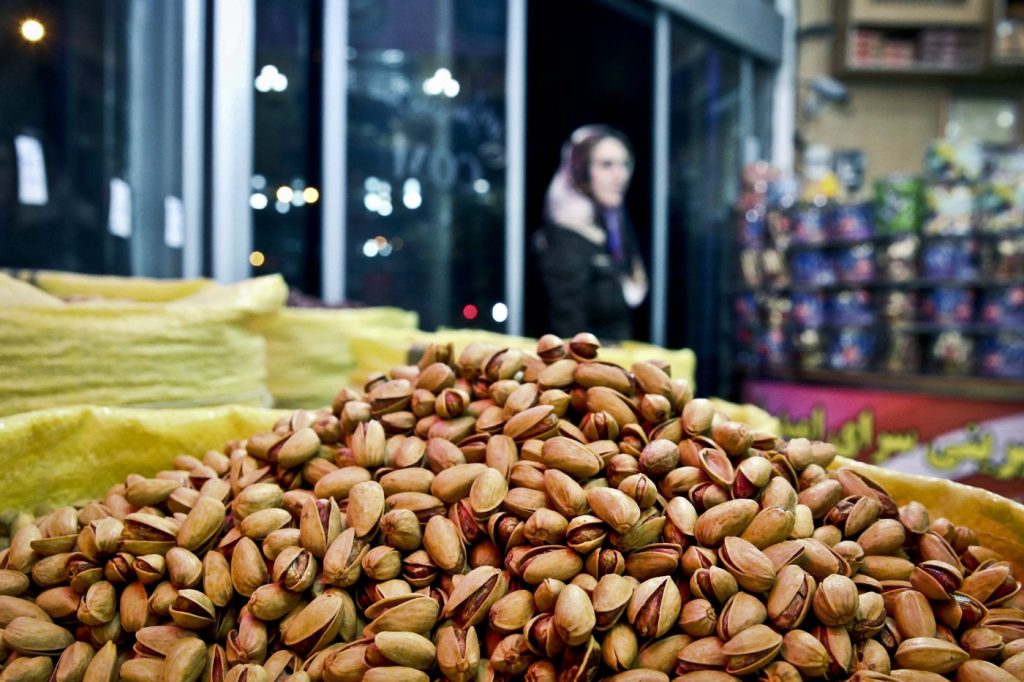An affordable food staple for many Canadians has experienced a dramatic price surge, rising almost 50% at the checkout. The cost of 2 kilograms of white rice jumped from $6.46 in June 2024 to $9.62 in June 2025, according to Statistics Canada’s Consumer Price Index. Throughout this year, the price has fluctuated, peaking at $10.20 in March.
Rice, a staple food for many low-income Canadians, holds significant importance for this demographic. Suki Badh, an economics professor at Douglas College, noted that the rising price of rice adds to the challenges of affordability in Canada. This is concerning, particularly for lower-income households where rice is a fundamental part of their diet.
According to StatCan, these price trends are derived from monthly Consumer Price Index (CPI) reports on the average retail prices of select products, including white rice. However, StatCan cautioned that variations in price can result from factors such as product rotation, changes in quality and quantity, and shifts in consumer preferences. Notably, the price for 2 kg of white rice has not dipped below $9.15 since January, which has hindered affordability further for those reliant on this staple.
Badh pointed out that more than two million Canadians, particularly from Chinese, Southeast Asian, and Southern Indian communities, are affected by the rising prices of rice. Juliette, a Filipino Canadian residing in British Columbia, expressed her deep connection to rice. "I love rice, I was born eating rice. My main food is rice. So, when you ask me about the new increase in rice, of course, I don't like it, but it's the reality of life. The economy goes up and down, so I'm going to adjust," she said.
Michael Batu, an economist based in B.C., attributed the price increase partly to a rise in demand among Canadian immigrants. He explained, "We know that for a long time, immigration in Canada is driven by people coming from Asia, where rice is a staple food. As more individuals arrive from this region, the demand for rice increases here." Canada heavily relies on imports and global markets for rice production, making it vulnerable to fluctuations in global trade dynamics.
Canada's dependence on imports has been heightened by ongoing changes in international partnerships, particularly due to hefty U.S. tariffs that have intensified pressure on rice prices. However, Batu views the U.S. tariffs as a potential opportunity to enhance trade relations with the Association of Southeast Asian Nations (ASEAN), which are leading rice-producing countries. "The threat of tariffs from the United States might be a blessing in disguise. It opens up new opportunities for Canada to connect with major rice-producing countries," Batu said.
Local businesses are also grappling with the impacts of rising rice prices. Harvinder Kalra, owner of Day to Day Express Grocery and Produce, an Indian grocery store in B.C., highlighted that while they face challenges in international markets, the demand for rice remains robust due to its status as a staple for various communities. One customer noted, "Normally, we’re purchasing from Superstore, and the price comparison here is a bit reasonable." This suggests that despite the price hikes, consumers still rely heavily on rice in their diets.
The restaurant industry is also feeling the effects of the U.S. tariffs. Kevin Chung, manager of Toronto's Dim Sum King Seafood Restaurant, stated that rice and many ingredients, such as celery and chicken, are sourced from the U.S. "Because we use American rice to make sticky rice chicken, the price increase for rice imported from the U.S. is significant," Chung said. He added that the ongoing tariff conflict complicates pricing decisions for their business, with changes in wholesaler prices directly impacting their operational costs.
As the situation continues to evolve, the affordability of rice—an essential food item for many communities in Canada—remains a growing concern.












